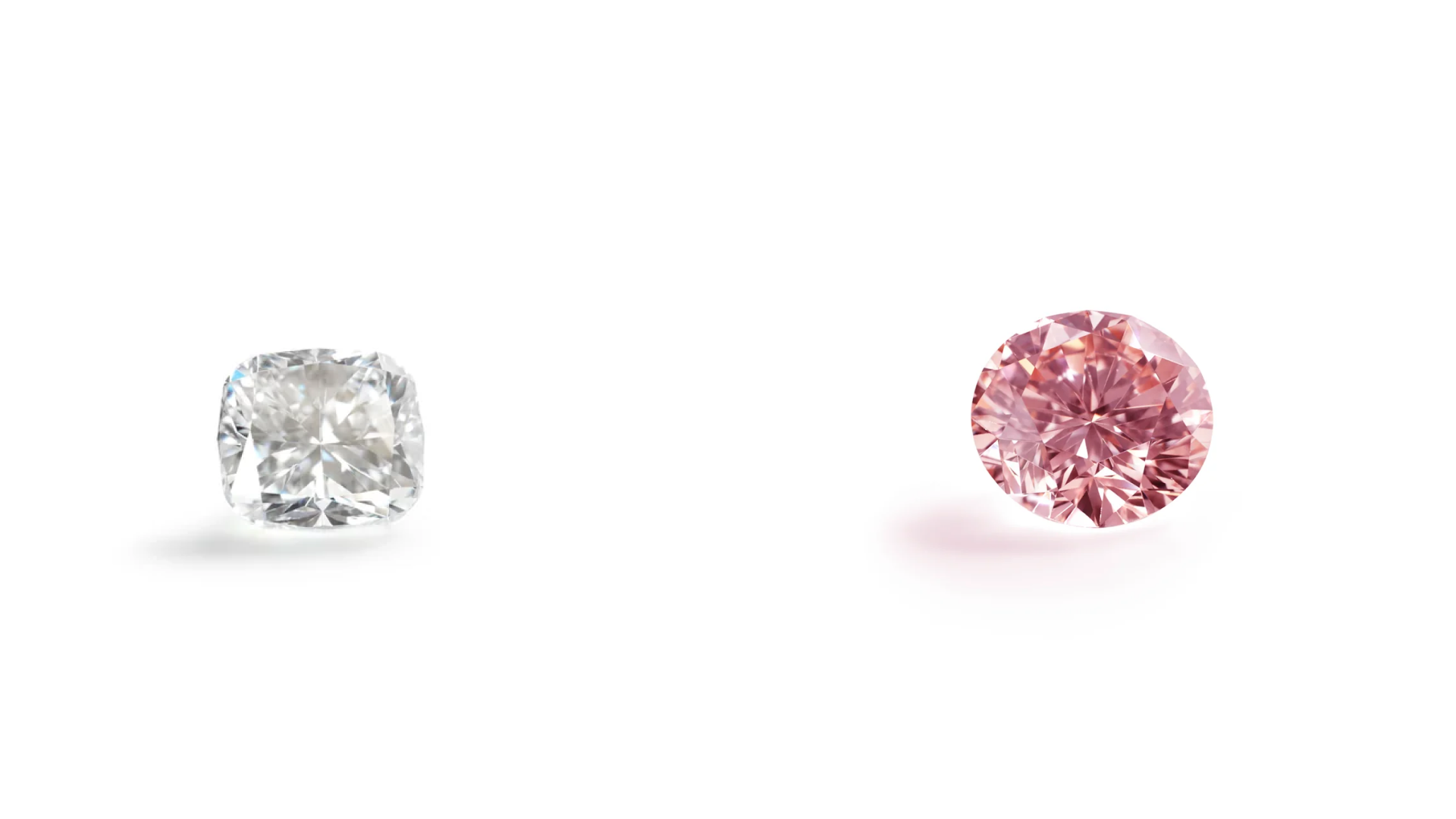Introduction to Diamond Cuts
Diamonds are more than just sparkling stones; they’re a blend of art and science, with each facet carefully designed to maximize brilliance. When people talk about the “cut” of a diamond, they’re not referring to its shape but rather to the craftsmanship behind its creation. Let’s dive into what makes the cut so crucial and how it affects your diamond.
Understanding Diamond Quality
Before we get into the nitty-gritty of diamond cuts, it’s essential to grasp the overall concept of diamond quality. Diamonds are graded based on four primary attributes, known as the Four Cs: Cut, Color, Clarity, and Carat weight. Each of these factors contributes to the diamond’s overall value and appearance.
The Four Cs of Diamonds
Cut: This determines how well the diamond has been shaped and faceted. It affects the diamond’s sparkle and brilliance.
Color: Diamonds come in various colors, from colorless to shades of yellow or brown.
Clarity: This measures the internal and external flaws or inclusions in a diamond.
Carat weight: This refers to the size of the diamond.
What is a Diamond Cut?
Definition and Importance
The term “cut” refers to how a diamond has been shaped and faceted. It is one of the most important aspects of a diamond, impacting how it interacts with light and, consequently, its brilliance and fire. A well-cut diamond will reflect light internally and externally, creating that mesmerizing sparkle.
Historical Perspective
Historically, diamonds were cut with much less precision. Early diamond cuts were often rudimentary, focusing more on raw material extraction than on maximizing light performance. Over time, advancements in technology and cutting techniques have led to the high-precision cuts we see today.
Types of Diamond Cuts
Round Brilliant Cut
The Round Brilliant Cut is arguably the most popular and recognizable diamond cut. Its 58 facets are precisely arranged to maximize light reflection, what does cut diamond mean, making it the go-to choice for those seeking maximum sparkle.
Princess Cut
The Princess Cut is a modern classic, known for its sharp, square corners and brilliant facets. It’s a popular choice for those who prefer a contemporary look.
Emerald Cut
The Emerald Cut features long, rectangular facets and a large open table. It highlights the diamond’s clarity and is known for its understated elegance.
Asscher Cut
The Asscher Cut is a square-shaped cut with stepped facets, resembling an emerald cut but with a more defined shape. It’s known for its vintage charm and sophisticated look.
Marquise Cut
The Marquise Cut is an elongated oval shape with pointed ends. It can make a diamond appear larger and is often chosen for its unique silhouette.
Oval Cut
Similar to the Marquise Cut but with rounded ends, the Oval Cut offers a classic and elegant look while also enhancing the perceived size of the diamond.
Radiant Cut
The Radiant Cut combines the elegance of the emerald cut with the brilliance of the round cut. It features trimmed corners and brilliant facets, providing a beautiful sparkle.
Factors Affecting Diamond Cut Quality
Proportions and Symmetry
The proportions and symmetry of a diamond are critical for its overall appearance. Well-proportioned diamonds reflect light more effectively and exhibit better sparkle. Symmetry ensures that the facets are aligned correctly, contributing to the diamond’s overall balance.
Polish and Finish
The polish refers to the smoothness of the lab created diamonds, while the finish encompasses the overall quality of the cutting work. A high-quality polish and finish can significantly enhance the diamond’s brilliance and appearance.
Light Performance
Light performance is the interaction between the diamond and light. It includes brilliance (white light reflection), fire (colored light dispersion), and scintillation (sparkle). The cut affects how these light elements are displayed.
How to Choose the Right Diamond Cut
Considerations for Different Styles
When choosing a diamond cut, consider personal style and preferences. For instance, a Round Brilliant Cut might suit traditional tastes, while a Princess Cut could appeal to modern sensibilities. Each cut offers unique characteristics that can complement different jewelry settings.
Matching Cuts with Settings
The setting of the diamond can also influence the choice of cut. Some cuts, like the Round Brilliant, are versatile and fit well with various settings. Others, like the Emerald Cut, may require a specific setting to highlight their unique features.
Common Myths About Diamond Cuts
Myth: Cut Doesn’t Affect Value
One common misconception is that the cut does not significantly impact the diamond’s value. In reality, a well-cut diamond can be worth much more due to its enhanced brilliance and sparkle.
Myth: All Cuts Are Equal
Not all diamond cuts are created equal. Each cut has distinct features and characteristics that affect its beauty and value. It’s crucial to understand these differences to make an informed choice.
Conclusion
Understanding the cut of a diamond is essential for making a well-informed purchase. It’s not just about choosing a shape you like but also considering how the cut will affect the diamond’s brilliance and overall appearance. Whether you’re buying a diamond for an engagement ring or a special piece of jewelry, knowing about the cut will help you make a choice that’s both beautiful and valuable.

